Impress your audience before you even begin your Production.
Before anyone in interested in investing and more of less hearing about your Production, you need to make your Pitch Document. Today I will discuss how to write a Pitch Document and show you my document I created for my indie TV Show concept – “The Secret Stake Society Chronicles” https://www.thesecretstakesociety.com.
Ready? Let’s Go!
What is a Pitch Document?
A Pitch Document is a PDF text document that gives an overall description of your project. It details what your project is about and what type of audience you want to attract. The importance of this document is twofold. First, it makes you, the creator/producer/writer think out all aspects of your production. Second, it gives you a simple vehicle to share with others that may find the topic interesting and want to be involved either by becoming part of the production or even investing in the overall project.

What Makes up a Pitch Document?
This is where the rubber meets the road for a filmmaker. Now is your time to shine and show off that most amazing idea ever created! Well, at least to you it is — until you show others what your Project is about.
We will be using JAWS by Steven Spielberg for some examples.
Lets see what you need.
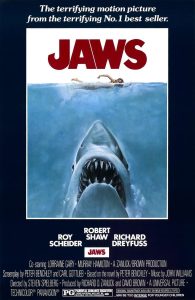
#1. SHOW TITLE
This is pretty self explanatory but it is the most important item because it tells the audience in one or a couple of words what your project is about.
Examples:
JAWS
STAR WARS
THE GRAND BUDAPEST HOTEL
This will also take most of the time to think out. Many writers do not come up with the title until most of the script/story is written. Sometimes the title is hidden within the story and sometimes it just pops in your head before you write a single word. For me, one of my projects is called “Sisters Templar” and I knew what I wanted to write about — Templar Knights but they are nuns.
#2. GENRES
A Genres is a category of artistic composition. So lets play a game — what GENRES is the movie JAWS? Can you guess? Actually, JAWS has several genres intersect. Did you guess THRILLER, ACTION-ADVENTURE, HORROR, COMEDY? To me, its all the above.
Now you need to find and document the genres of your project. Most TV Shows/films have two or three that call out.
Filmsite.org gives a good description of the different genres.
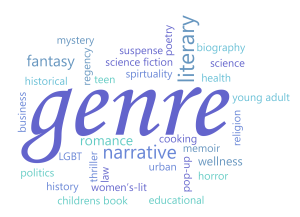
#3. NUTSHELL
Have you ever heard the term “in a nutshell”? Well basically, it means what is your story similar to that has already been produced. Taking JAWS as an example. If you were to name movies similar to JAWS, then you may say MEG ROGUE, SHARKNADO 1/2/3/4/5/6. The Nutshell section lets you tell the ready what is similar to your project so they have an immediate picture without having to get deep into the story.
#4. FORMAT
Format refers to they type of project you are producing. Feature Film, Short Film, , Documentary, TV SHOW 8 x 30′ Serialized. The format is what your final result medium will be created.
#5. CREATOR
I hope you know this one! YOU! You are the creator of this project so take some credit. But it is also a way to let the reader know who is responsible for the masterpiece they are reading.
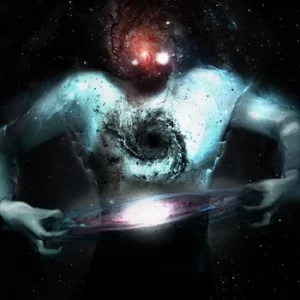
#6. BACKGROUND & KEY CREDITS
This section is where you give background information about yourself and your experiences leading up to creating your current project. This also allows you to list any key film/production credits you hold that are related to the project. Examples are if you won a screenwriting award or your short film was an Award Winner. This sections shows the reader you have some experience in production.
#7. KEY COLLABORATOR
We all need someone to lean on. This person listed in this section was there to help you through the tough times figuring out your hero story arch or they offered key important plot points and twists to help your project along. This section is not required, but it shows you believe in collaboration which is vital for a successful production.
#8. LOGLINE
This is it — what you have been dreading — the infamous LOGLINE. Basically it is a one/two sentence clear and concise telling of your story.
“A logline conveys the dramatic story of a screenplay in the most abbreviated manner possible.”
Christopher Lockhart
For JAWS — ‘A police chief, with a phobia for open water, battles a gigantic shark with an appetite for swimmers and boat captains, in spite of a greedy town council who demands that the beach stay open .’
What you need for your LOGLINE:
- Who are the characters
- What are they trying to accomplish
- Who is stopping them
- What happens if they fail
Write it, re-write it, re-re-write it and so on.
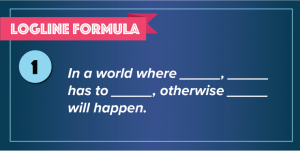
#9. TAGLINE
Unlike the LOGLINE that describes the story in as few words as possible, the TAGLINE “markets” the story to the public by a interesting and griping phrase, word, sentence. This is also know as a catch phrase or slogan. This phrase is catchy and makes your project stand out from the others.
For JAWS — ‘You’ll never go in the water again‘
That pretty much says it all right there.
#10. STORYLINE
This section is where you tell your story in short story format. This is not a script or treatment, but has several paragraphs telling the complete story without specific scene dialogue. This is your chance to grab the reader and want them to become invested in your project. This section also forces you the writer to figure out the beginning, middle and ending so you can offer a clear picture of your project.
#11. LOOK BOOK / PHOTOS / MARKETING GRAPHICS
You may be luck enough to have some graphics designed or marketing material to same. If that is the case add them here to get the reader excited in your visual style and the look of the project. This may relate to your Nutshell similarities like if you wanted a Blade Runner look, you would include images with Cyan and Orange lighting. We will dive into the LOOKBOOK in another article.
#12. CHARACTERS
Here you describe your characters and give their descriptions. It is important to use powerful descriptive words and not rely on simple generic adjectives like Strong or Beautiful. Use your writing prowess and describe the characters maybe by their actions, likes or dislikes and the like.
#13. PRODUCTION / CAST & CREW
If you produced a short film, trailer, comic book etc for your project, you can reference it here to enhance the presentation with tangible examples of your work.
I hope you were able to gain some insight into creating a Pitch Document and all the important steps it takes to really “pitch” your idea. Everyone has ideas, but this type of document shows that your are serious in its development and hopefully someday your amazing work will be referenced in future filmmaking blogs.
What to see my Pitch Document?
THE SECRET STAKE SOCIETY CHRONICLES
Happy Filming!
